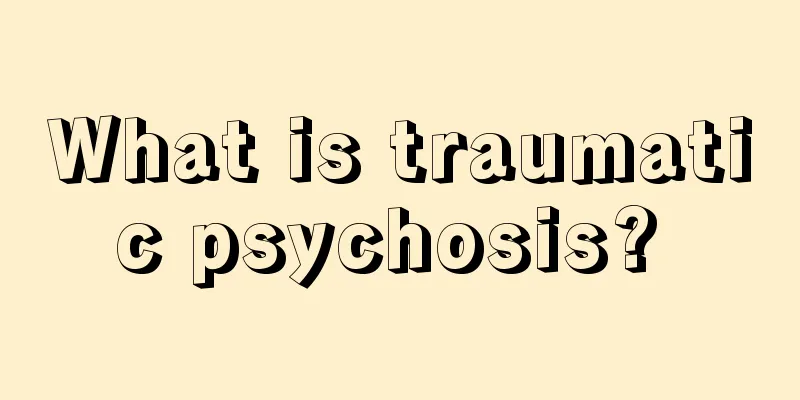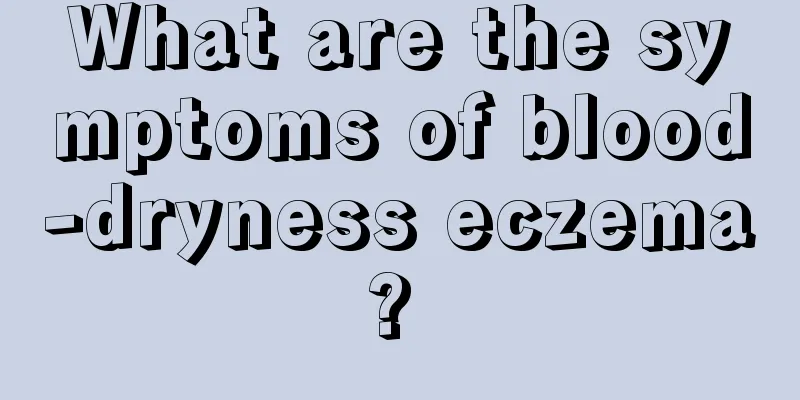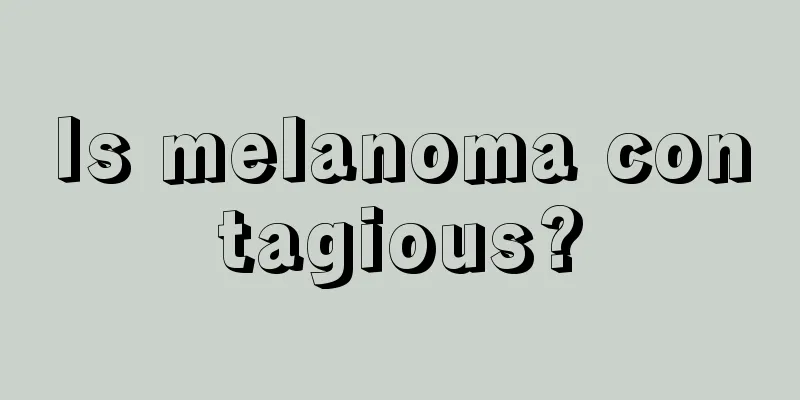What is traumatic psychosis?

|
Mental illness is a mental illness, a psychological disease. Patients generally experience severe stimulation, impact and other external influences. Specifically, it will manifest as incoherent speech, yelling, strange behavior, and emotional disorders. Most mentally ill people suffer from psychological disorders after being traumatized. Whether relatives or friends, they should give patients the greatest patience and pay more attention to them. So what exactly is traumatic psychosis? 1. Overview of Traumatic Psychosis Psychogenic mental disorders are a group of mental disorders caused by psychosocial factors. It can be divided into acute stress reaction, post-traumatic stress disorder and adjustment disorder. 1. Acute stress response It is a mental disorder caused by sudden and unusually strong stimulation, characterized by confusion, numbness, narrow attention span, disorientation, incoherent speech, and sometimes stupor. Others may experience agitation, increased and aimless activity, and intense anxiety and fear. 2. Post-traumatic stress disorder It is a delayed and/or prolonged response to an unusually threatening, catastrophic event. Patients re-experience the traumatic event in various forms, with persistent intrusive memories and recurring dreams of the painful experience. 3. Adjustment disorder It is a short-lived, milder state of distress and emotional disorder. Social functioning is often impaired, but psychotic symptoms do not occur. Psychogenic mental disorders are a group of mental disorders caused by psychosocial factors. It can be divided into acute stress reaction, post-traumatic stress disorder and adjustment disorder. 2. Treatment Methods (1) Psychotherapy: Since reactive psychosis is caused by obvious and strong mental trauma, psychotherapy is particularly important. First, interpretive psychotherapy should be used to analyze the patient and point out how to correctly deal with the mental stimulation that causes the onset of the disease; then the nature of the disease should be explained so that the patient can understand the law of the onset of the disease; and support and encouragement should be given to relieve the patient's worries and mobilize the patient's subjective initiative to overcome the disease. The patient should be comforted and assured to promote the development of the disease in a favorable direction. (2) Environmental therapy: Since the patient has a significant traumatic experience of the situation at the time of the onset of the disease, in order to promote the early improvement of the disease, the environment should be adjusted to eliminate the adverse stimulation of the disease. Practice has shown that transferring the patient to an exciting new environment has a positive significance for treatment. (3) Drug therapy and physical therapy: Although these treatments are symptomatic, they are also indispensable. First of all, the patient's sleep should be guaranteed. For patients with anxiety, restlessness, insomnia, weak tranquilizers can be used to adjust the functional state of the brain and prolong physiological sleep time. Commonly used drugs include diazepam, chlordiazepoxide, antalol or chloral hydrate, etc. |
<<: What is traumatic wet lung?
>>: How to take Danxin Drop Pills?
Recommend
How is renal tumor metastasis treated?
When kidney tumors are severe, they can metastasi...
Judging the acute stage of lumbar spine
Most people's lumbar diseases are chronic and...
What should I pay attention to when injecting autologous stem cells for wrinkle removal
Autologous stem cell injection wrinkle removal te...
What are the early symptoms of endometrial cancer
In the early stages of endometrial cancer, sympto...
What is the reason for blurry eyes?
Many friends will find that after using their eye...
The harm of standing for a long time to women
The harm of standing for a long time to women wil...
How to reduce swelling in hands
Swollen hands is a symptom we often encounter. Al...
Is chemotherapy and radiotherapy for brain cancer painful?
During chemotherapy, in addition to killing cance...
The harm of red toon wood furniture
As an imported wood, red toon is very popular in ...
What folk remedies are most effective in treating lung cancer? Several effective folk remedies for treating lung cancer
There are many symptoms of lung cancer. If lung c...
Methods of Traditional Chinese Medicine for Treating Ovarian Tumors
If women suffer from ovarian tumors in life, it i...
Wearing plastic sandals in summer is bad for your feet
In the hot summer, after people put aside their b...
What should be paid attention to in the diet for liver cancer? Pay attention to these points in the diet for liver cancer
For liver cancer, a common malignant tumor, a cor...
How to distinguish tinnitus caused by nasopharyngeal cancer?
How to distinguish tinnitus caused by nasopharyng...
Acupuncture beauty wrinkle removal
Loving beauty has become a pursuit. With the chan...









